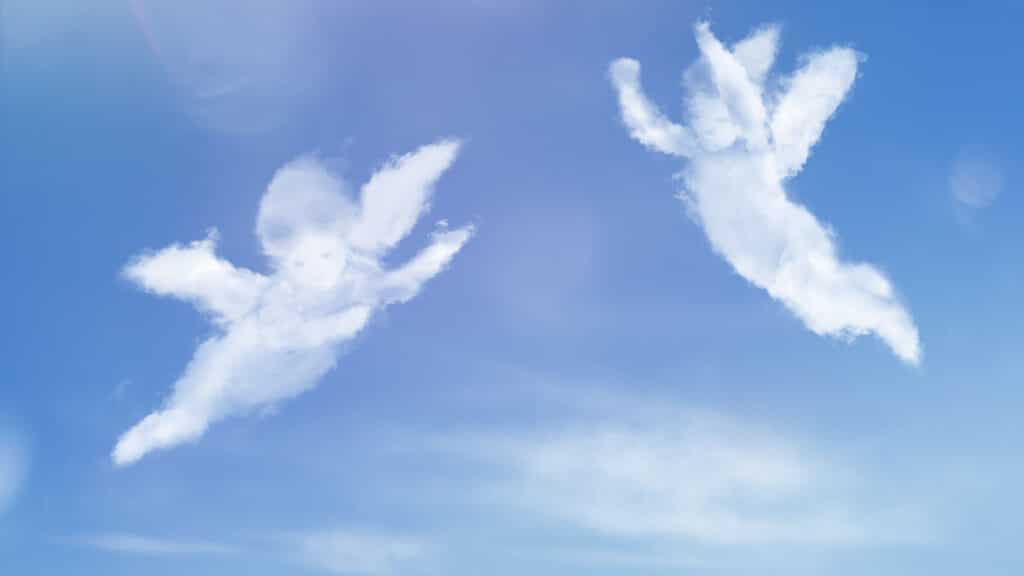All Saints Day is a Roman Catholic festival on November 1 that honors all saints, known and unknown.
Samhain, the Celtic Harvest Festival of the Dead
European All Saints Day and All Souls Day traditions are based on the Celtic harvest festival Samhain which honors Saman, the lord of death on November 1. It’s not about spooky stuff. That is just a Christian competitive rant to scare people and acquire more followers. Samhain is about the natural cycles of Mother Earth.
Most of the old traditions around the world respected the natural cycles of Mother Earth. The industrial religions do not, and so we have followed them to the destruction of the only home we have. That is really scary.
All Saints Day
All Saints Day is part of Allhallowtide (All Saints Eve, All Saints Day, and All Souls Day). All Saints Day celebrations start on All Saints Eve (All Hallows Eve or Halloween).
Honoring saints encourages us to live by example with love and integrity.
Pope Gregory IV made All Saints Day an official holiday in 835. He probably did so to take over the old Celtic holiday.
Día de Los Inocentes in Mexican Day of the Dead Tradition

In colonial Mexico, colonizer priests violently forced Indigenous peoples to cancel their own traditions in favor of the European All Saints Day and All Souls Day traditions. This evolved into the Mexican Day of the Dead celebration that is now loved around the world.
In Mexico, the day is Día de los Inocentes (Day of the Innocents), when the souls of deceased family children may visit, if they are invited. 🇲🇽
National Holidays
Many traditionally Catholic countries celebrate All Saints Day as a public holiday. These include:
- Bolivia
- Chile
- France
- Italy
- Phillipines
- Portugal
- Spain
The interesting point is how universal the human tradition of honoring deceased family members is. These countries had Colonial Catholic influence, but there is more to it than that. Many Indigenous, African, and Asian traditions are similar.
